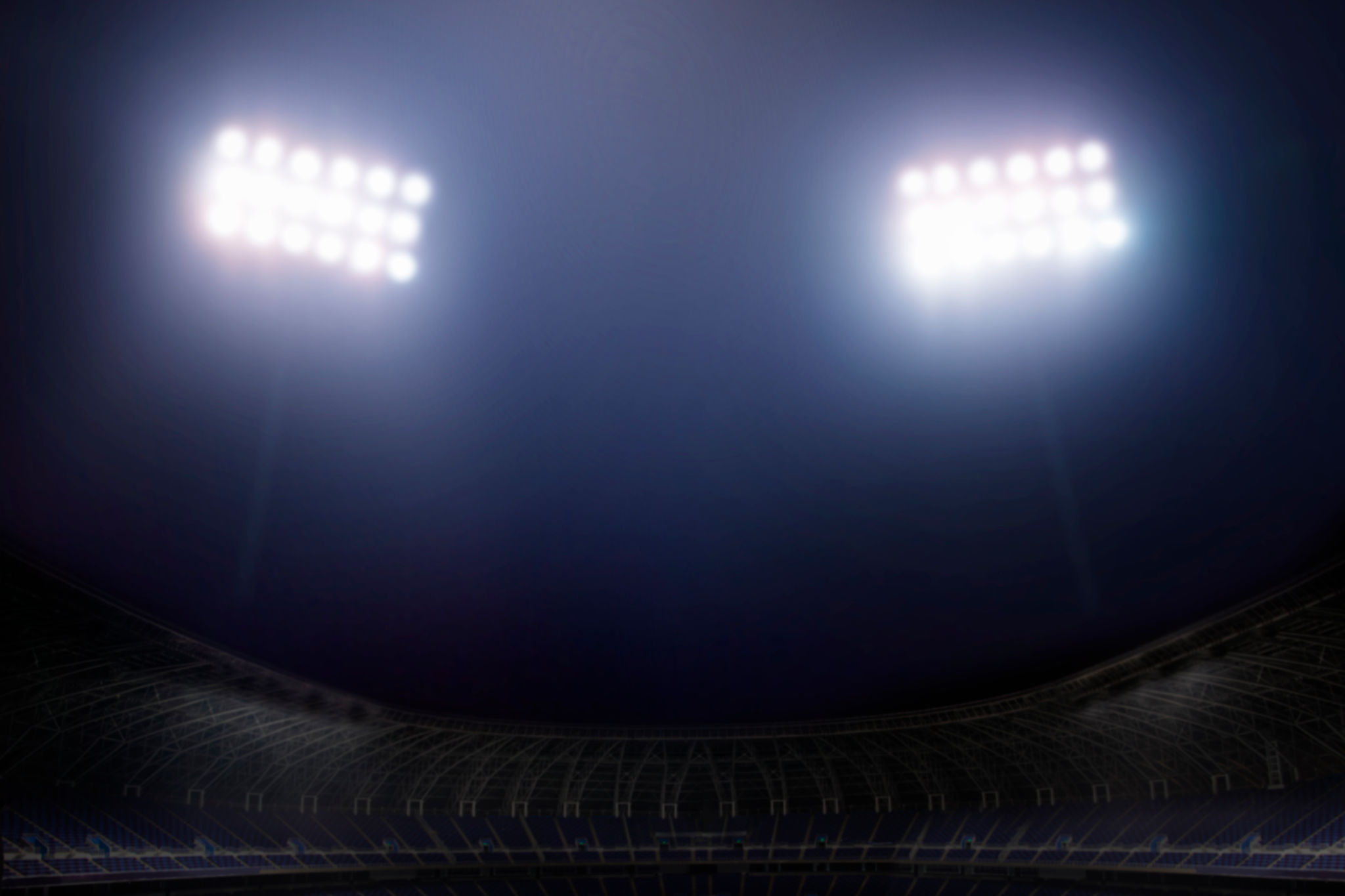Mastering Sports Photography: Tips for Capturing Dynamic Action Shots
Understanding Your Equipment
To excel in sports photography, it's crucial to have a solid understanding of your camera equipment. Whether you're using a DSLR or mirrorless camera, knowing the ins and outs of your gear can make a significant difference. Ensure you have a camera that allows for rapid shooting speeds, as sports photography often requires capturing fast-moving subjects.
Another vital aspect to consider is the lens. A telephoto lens is typically essential for sports photography, allowing you to zoom in on the action without compromising image quality. Lenses with wide apertures are beneficial as they allow more light into the camera, helping in low-light conditions and creating a desirable bokeh effect that emphasizes the subject.

Mastering Shutter Speed
The secret to capturing dynamic action shots lies in mastering the shutter speed. In sports photography, where movement is constant and rapid, a fast shutter speed is essential to freeze the action. Aim for a shutter speed of at least 1/1000th of a second, but this may vary depending on the sport and lighting conditions.
If you're trying to convey motion, you can experiment with slower shutter speeds. Panning, for instance, involves following a moving subject with your camera while using a slower shutter speed to create a blur in the background. This technique highlights the speed and grace of athletes in motion.
Framing and Composition
Composition is just as important in sports photography as in any other type of photography. The rule of thirds is a helpful guideline for creating balanced and engaging images. Try to imagine your frame divided into nine equal sections and position key elements along these lines or at their intersections.

Anticipating the action is another critical component. Understanding the sport you are photographing will help you predict where the action will occur, allowing you to position yourself accordingly. Capturing peak moments, such as a soccer goal or a basketball slam dunk, can create compelling images that tell a story.
Lighting Considerations
Lighting can be challenging in sports photography, especially in indoor venues or night games. It's important to adjust your settings to accommodate different lighting scenarios. In well-lit environments, you can use lower ISO settings to maintain image quality. However, in low-light conditions, you may need to increase the ISO to ensure your images are properly exposed.
Utilizing natural light can enhance your photos; however, be mindful of shadows and highlights that may affect image quality. When shooting outdoors, overcast days can be ideal as they offer soft, diffused lighting that minimizes harsh shadows.

Post-Processing Techniques
Post-processing is an integral part of sports photography. Editing software like Adobe Lightroom or Photoshop can help you enhance your images by adjusting exposure, contrast, and color balance. Cropping can also be used effectively to improve composition and focus attention on the main subject.
While editing, it's important to maintain the authenticity of the moment captured. Avoid over-processing, which can detract from the natural feel of the image. Aim for edits that enhance rather than overshadow your original photos.
Practice and Patience
Finally, mastering sports photography requires practice and patience. Attend various sports events and practice capturing different types of action shots. Over time, you'll develop a style and technique that works best for you.
Don't be discouraged by initial challenges or missed shots. Each experience provides valuable learning opportunities that will help refine your skills. With dedication and effort, you'll soon be capturing stunning dynamic action shots that convey the excitement of sports.
